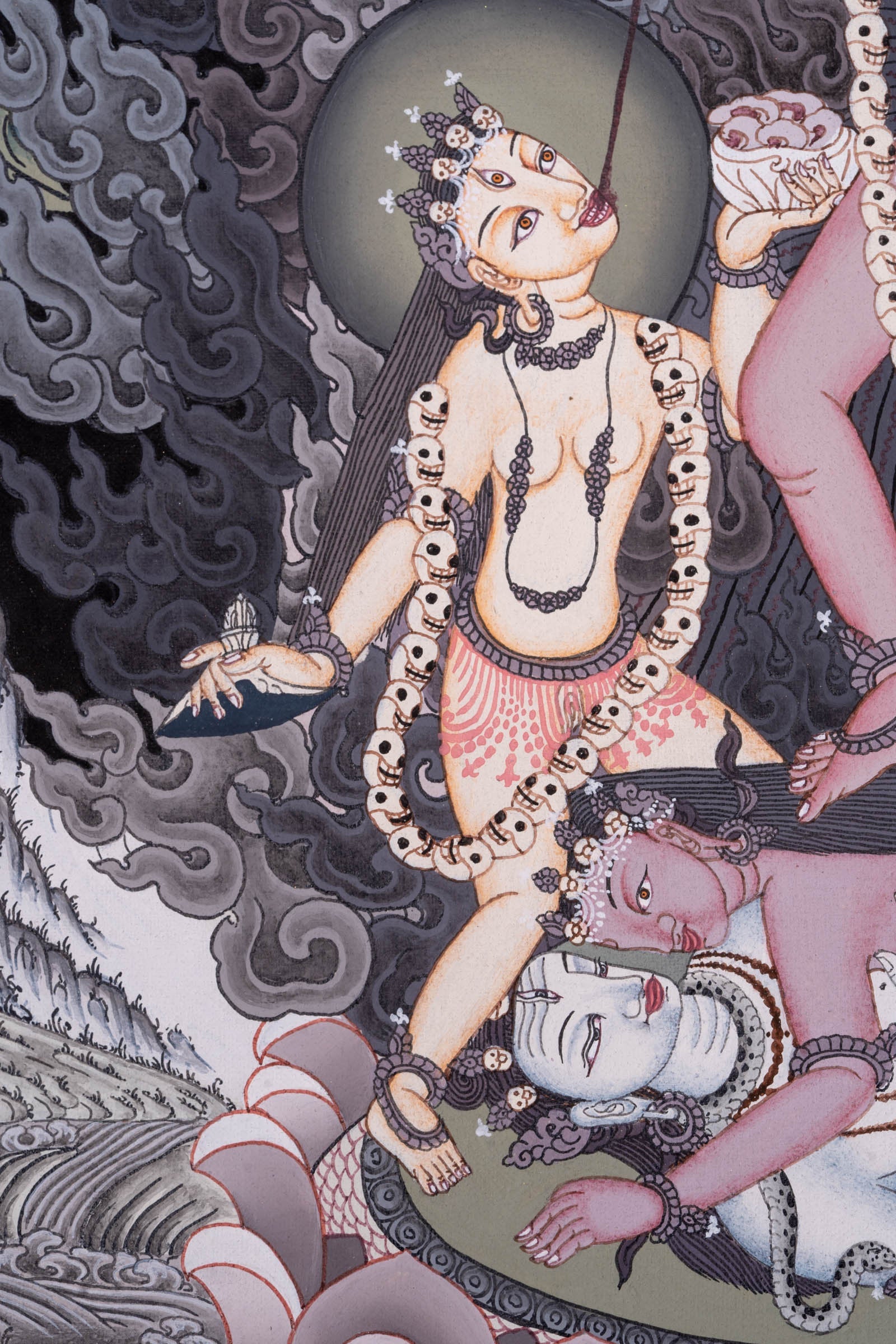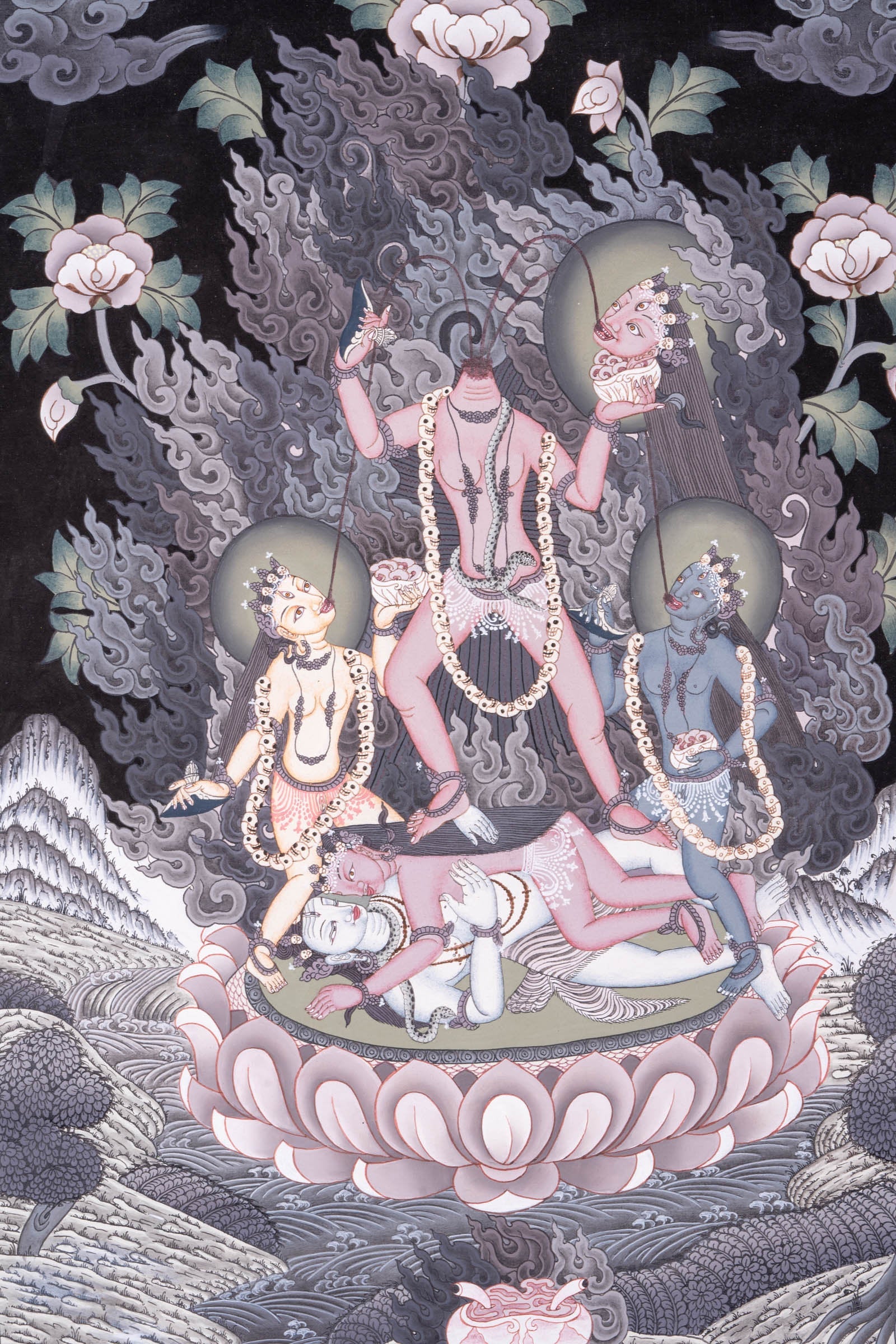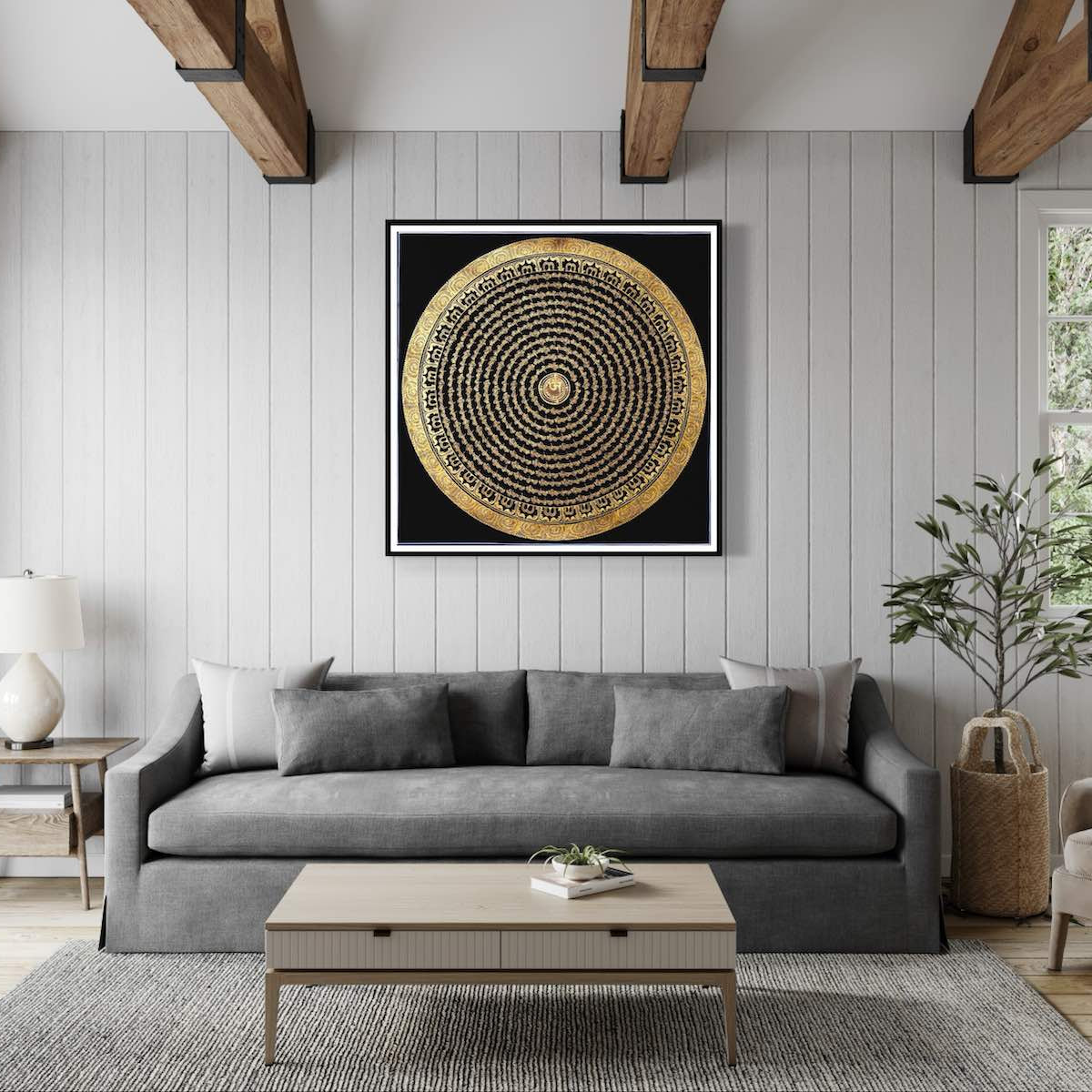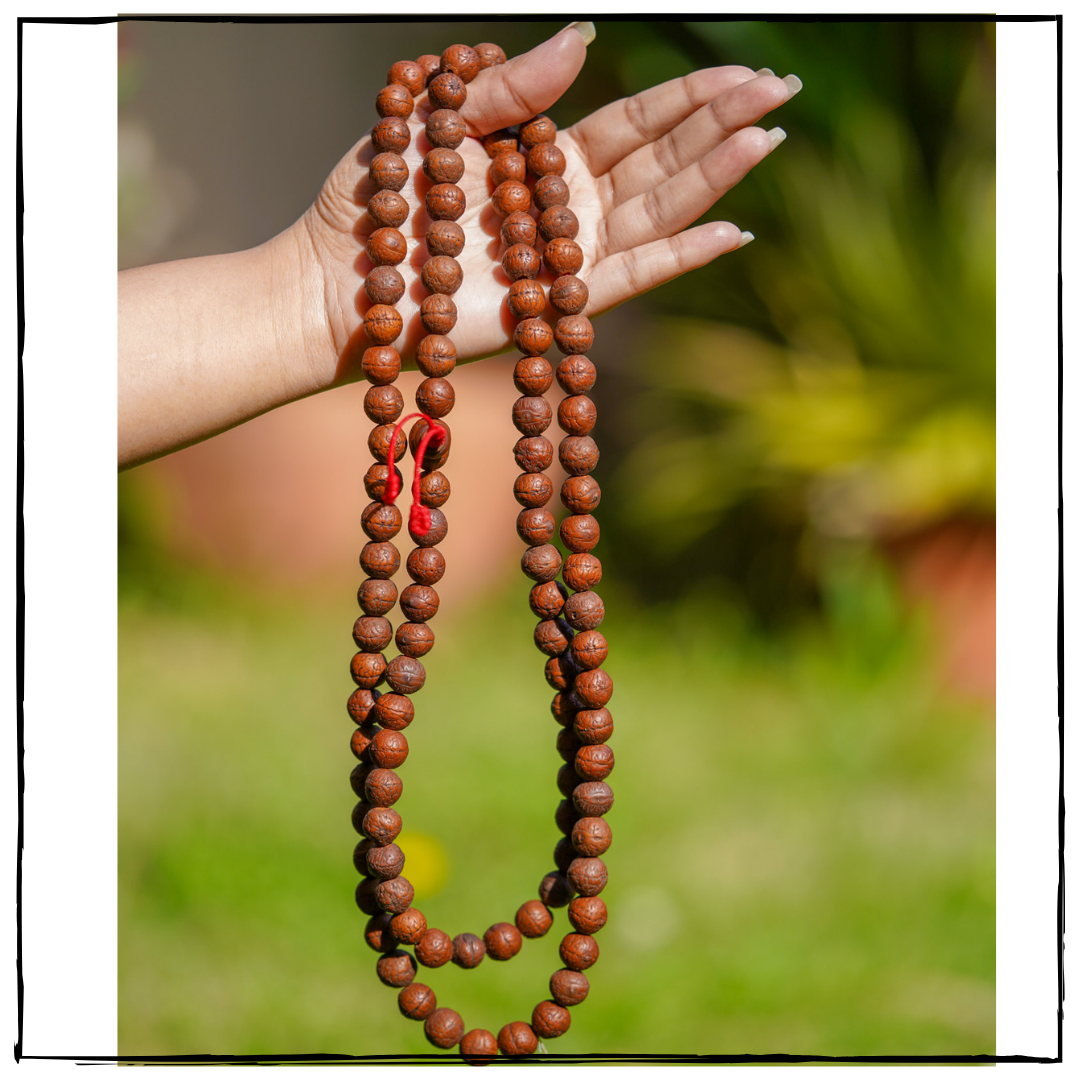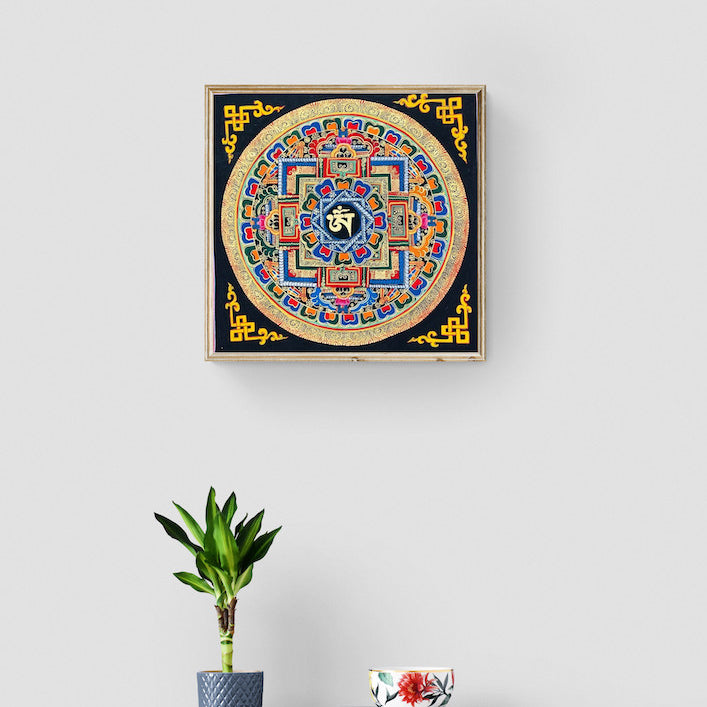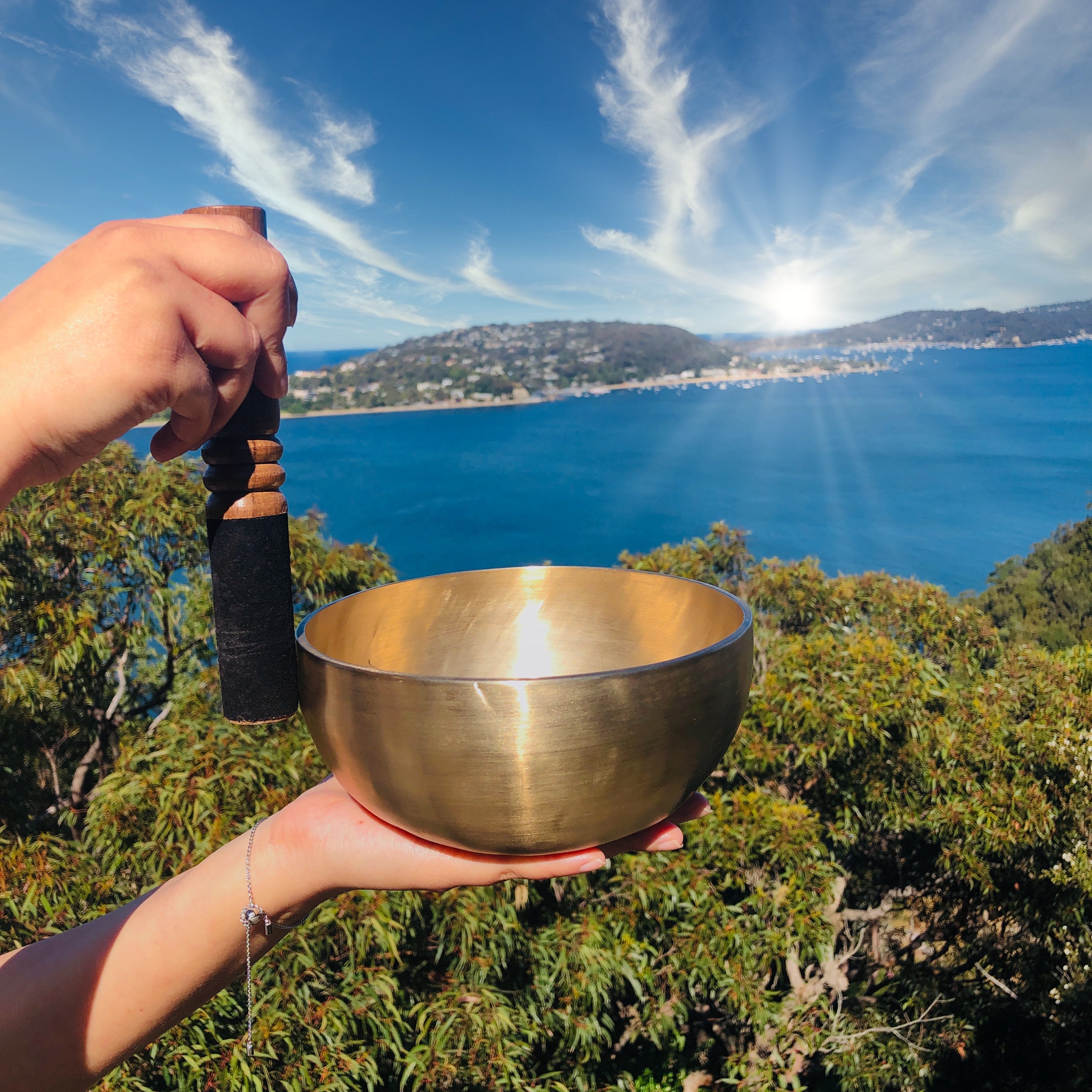Daikini Thangka Painting
Couldn't load pickup availability
Description
Thangka Painting of a Daikini for Spirituality, Meditation or for your home. All Thangka Paintings at Lucky Thangka are genuine hand painted from Nepal by highly skilled lama artists. Painted on cotton canvas using natural stone color and other materials like gold, silver other semi-precious minerals. The Daikini can be a great tool for meditation to transform and purify our Body, Speech and mind. The imagery depicted in Tibetan paintings provides a guide for the elaborate visualizations that one does in Tibetan Buddhist practice. In Tibetan homes and monasteries, thangkas are considered sacred objects and are often placed above shrines.
Specification
- Hand Painted
- Master Quality Thangka Painting
- Materials: Semi-Precious Natural Minerals, Pure Gold
- Base: Cotton Canvas
- Origination: Nepal
Dakini, which means "sky dweller" or "sky dancer" in Sanskrit and Khandro in Tibetan, is the most holy part of the feminine principle in Tibetan Buddhism, encompassing both humanity and divinity in feminine form.
Dakinis can manifest in a variety of ways depending on the situation, such as ferocious and passionate or lighthearted and caring. In order to break through conceptual thinking and erroneous perception, she may look obnoxious or disgusting at times. She can appear as a person, a goddess, either calm or wrathful, or as the whole play of energy in the phenomenal universe.

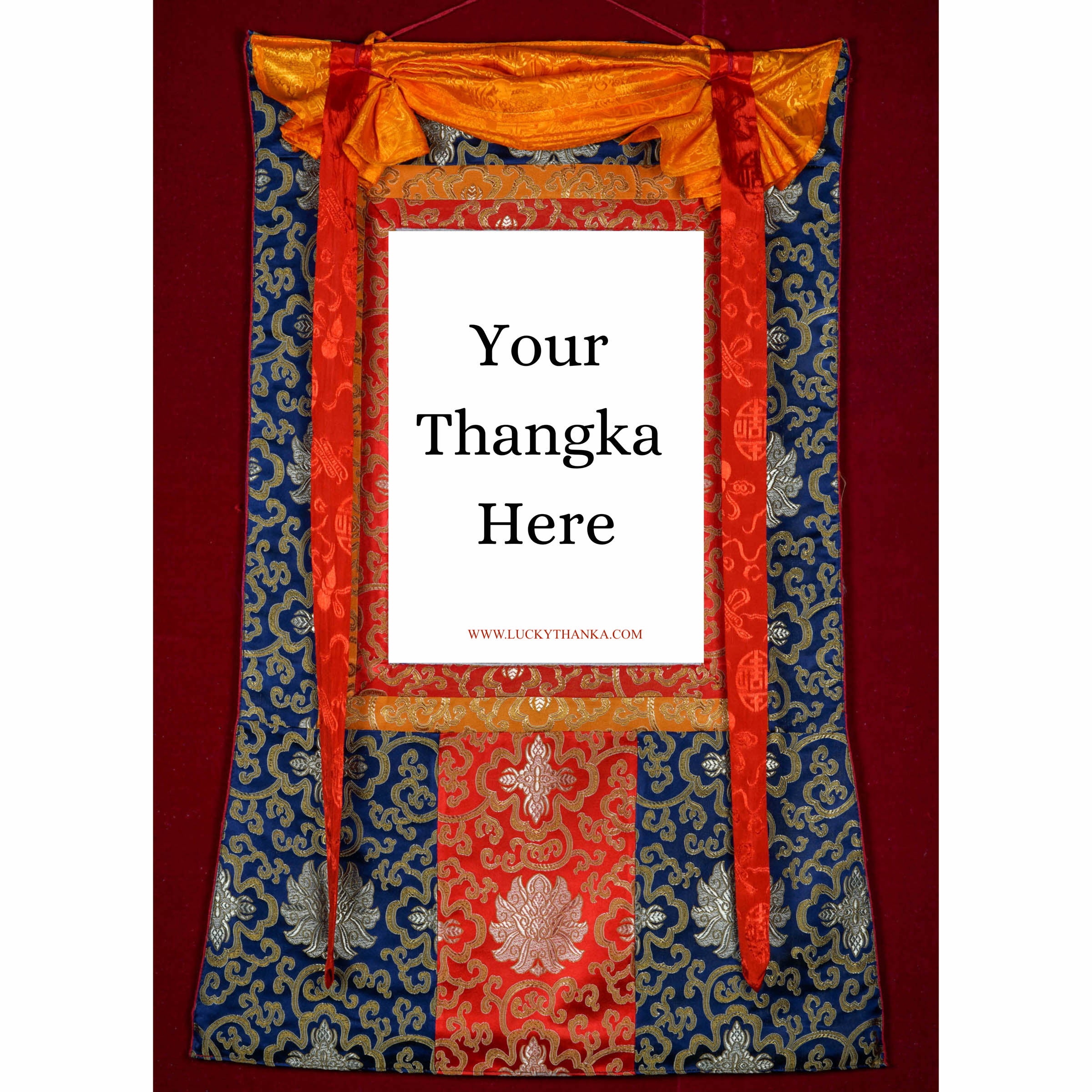
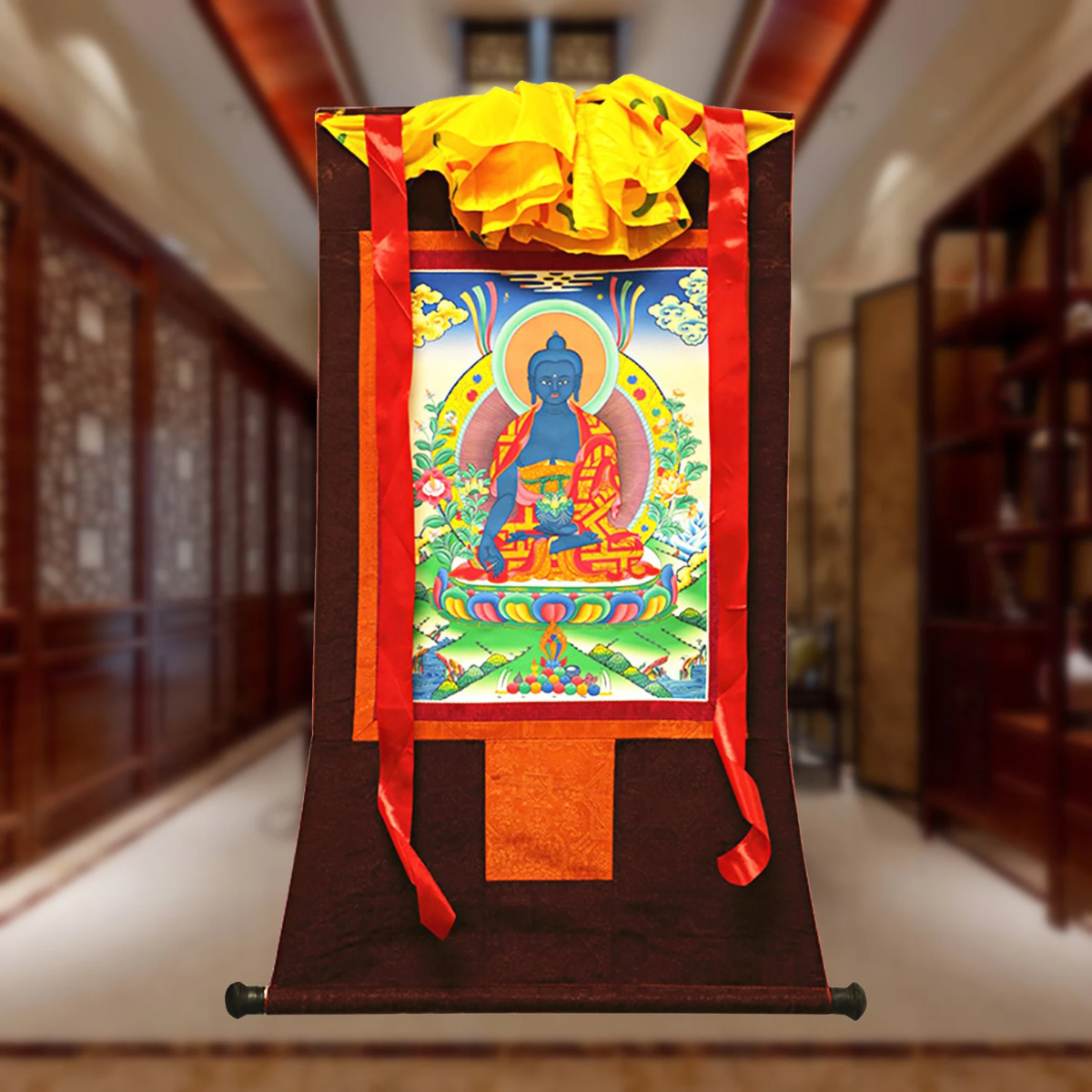
Hand Embroidery Brocade
Want to add a Brocade to your beautiful Thangka Painting? Traditional Style Brocade has been one of the most popular form of mounting as it has a greater religious merit.
Note: Make sure you have added the Thangka to your cart first.
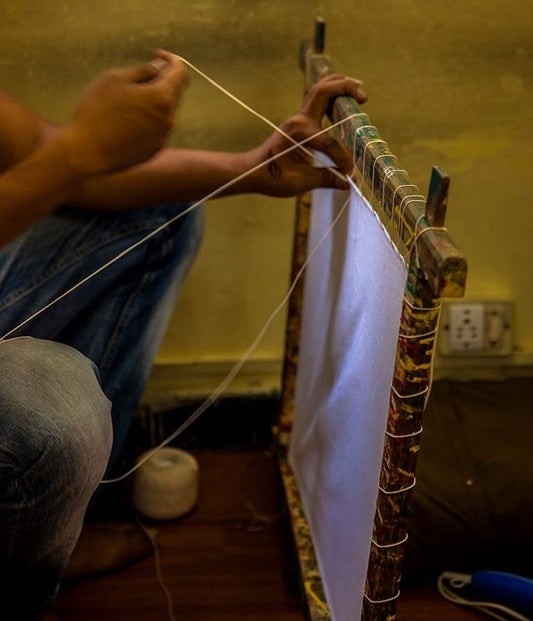
100% Cotton Canvas
Preparing the Cotton canvas before starting to paint a Thangka. This process includes washing, drying, stretching, sizing and everything needed to make a perfect base for the thangka to last for centuries.
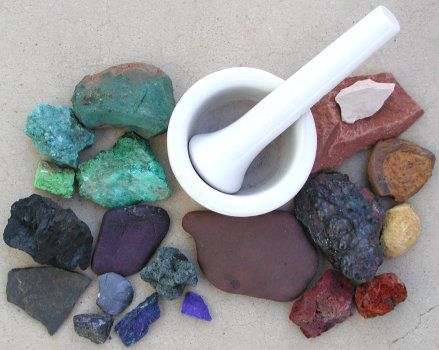
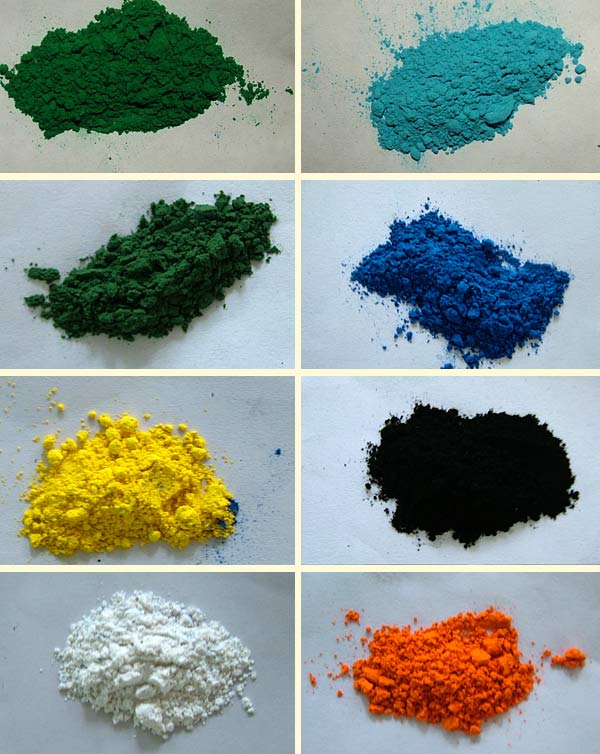
Natural Minerals
Thangka Paintings are painted using the natural minerals. These are firstly grind into the powder form and then used in the thangka as a paint.




